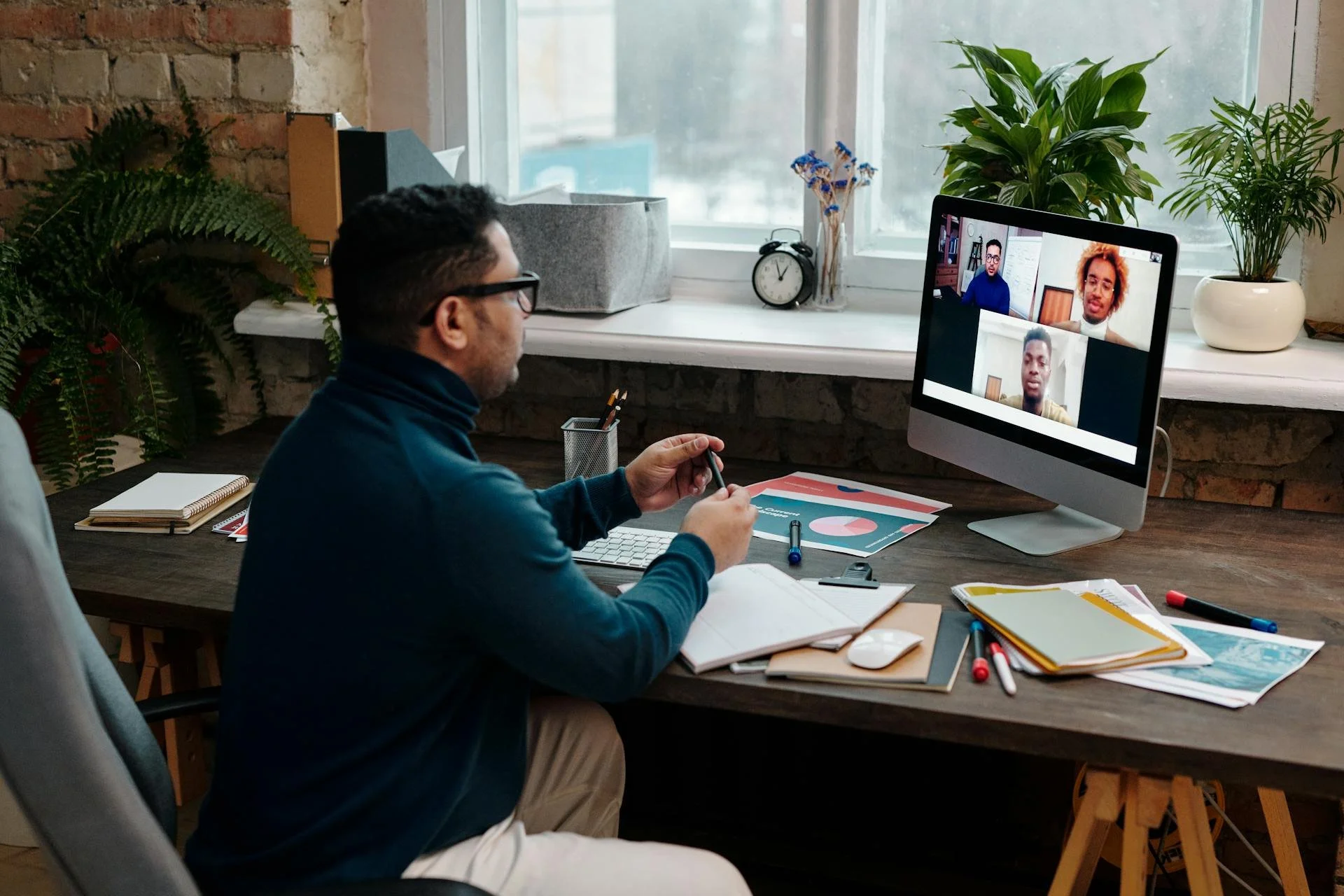The Zoom fatigue myth.
JPMorgan CEO Jamie Dimon, American Airlines CEO Doug Parker, Microsoft CEO Satya Nadella. A few leaders who have been outspoken about how awful Zoom meetings are. What if they are all wrong?
Photo by Diva Plavalaguna
JPMorgan CEO Jamie Dimon, American Airlines CEO Doug Parker, Microsoft CEO Satya Nadella. A few industry leaders who have been outspoken about how awful Zoom meetings are. What if they are all wrong?
What if it is not Zoom, Skype or WebEx why we have virtual meeting fatigue? I argue it is not technology but outdated meeting methods and bad habits that are exhausting us.
Over the past 50 years, there has been an incredible increase in length and frequency of meetings. In the 1960s executives were spending from less than 10 hours a week in meetings to nearly 23 working hours – excluding the water cooler moments and the ad hoc gatherings that do not make it into our schedule.
In addition, this year is the 100th anniversary of the publication of Weber’s 'bureaucracy. For a century we have been applying the same workplace rules while the speed of change is accelerating. Information available to us is doubling every 18 months, but the way we run meetings has not changed much. What can possibly go wrong, eh?
Perlow, Hadley, and Eun surveyed 182 senior managers in a range of industries. Their findings were published in the Harvard Business Review 2017:
65% said meetings keep them from completing their own work.
71% said meetings are unproductive and inefficient.
90% report to daydream in meetings.
75% received no formal training in how to conduct or participate in them.
Since the 2008 global recession, growth in business productivity stands at its lowest rate since 1970 (1.3 per cent). We are working longer hours while spending more time in meetings contributing to time delays, cost overruns, and high levels of stress. Nine trillion dollars per annum is the cost of organisational drag in the OECD economies.
Meetings are not bad. It is just that we apply outdated bureaucratic methods on today’s digitised businesses. Organisations continue to use the same standard approach for all their in-person gatherings. For decades we have been complaining about endless and unproductive meetings while continuing the same bad habits. COVID-19 has exacerbated the flaws in conventional methods. What has not worked for decades we now do even more, but digitally.
Designing the right meeting
To organise more effective meetings we need to rethink and redesign the way we gather because meaningful gatherings do not just happen. The objective is not to kill all meetings but to avoid inefficient or unnecessary ones. The first area to consider is its purpose. It is a status update, information sharing, decision making, problem solving, idea generation, or team bonding? After the purpose, deciding on the appropriate communication format is next:
One to one (private chat)
One to many (boardroom)
Panel to many (webinars)
Many to one (Q&A)
Many to many (co-creation)
The art of a great meeting is to create a seamless combination of purpose, team and single or multi-way communication. An effective meeting can consist of several purposes and therefore requires a combination of methods to meet all the requirements. Applying the right methods not only affects productivity, but happiness at work is at stake as well.
There is a direct correlation between satisfaction or dissatisfaction with the effectiveness of meetings. A 2010 study by Steven Rogelberg at the University of North Carolina found that instead of improving communication and productivity, bad workplace meetings achieve the exact opposite. Other aspects of organisational life improved as well, and respondents’ ratings of satisfaction with work-life balance rose from 62% to 92%.
Originally published, DutchCham, Dec 2020
